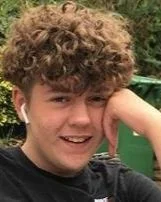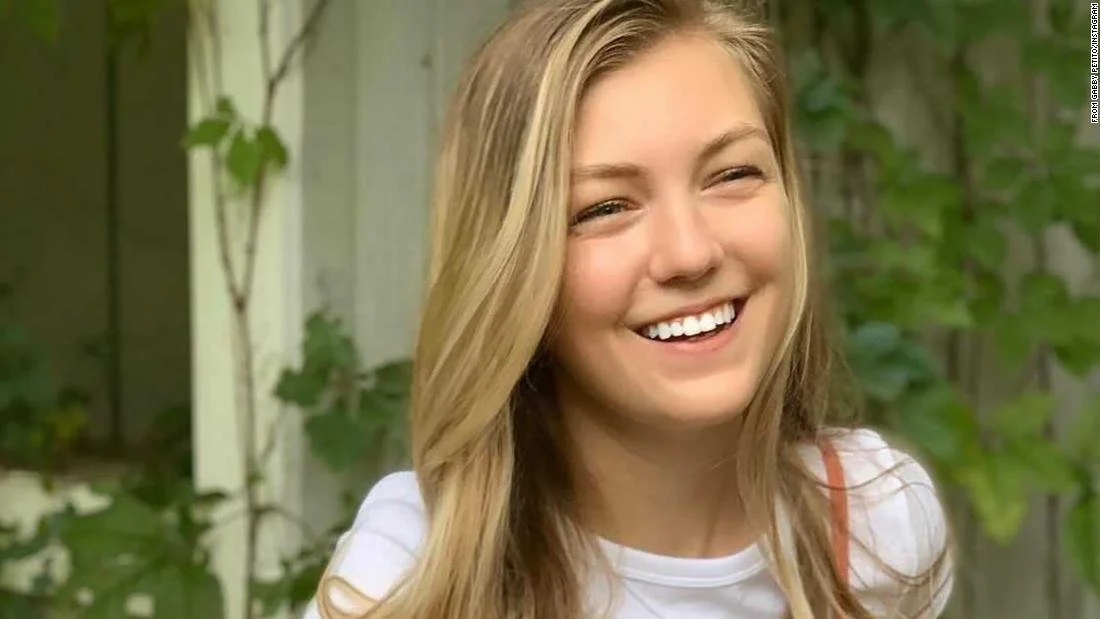Olly Stephens and How Social Media Facilitated his Murder
There has been a lot of discourse this year thus far on the pros and cons of social media. From enabling data fishing to pushing unrealistic body expectations, the media we consume and those who are pushing it to us are being held accountable as their full effects and impacts on their viewers are coming to life. Some outcomes that most would not have been able to guess, and yet still came to be, are inspiring young teens to commit a murder.
Olly Stephens (13) was described by his family and friends as an incredibly kind and sweet kid. He spent his days at school and made fun videos with his friends. He was quiet, loving video games and listening to music to unwind after a long day, and he always promised his parents Amanda and Stuart to keep his phone and location on during the day so they could make sure he was safe. He looked out for others
It was his kind nature that led to plotting his death. A few weeks before Christmas, he came across a picture online of a young boy being humiliated by others. This picture was meant to fulfill a type of cyberbullying known as “patterning,” which according to Metro is a tactic focused on documenting someone’s humiliation online and sharing it with a number of people, who spread it to another set of people, multiplying the embarrassment with every new person who encounters it. Olly recognized this and the boy at the center of the photo, and to try and help, he contacted the boy’s older brother, alerting him to the image.
Two of the boys responsible for the image (13 and 14) were alerted to Olly informing the family and they became enraged over it. Knowing of Olly from a Snapchat group chat they were all in, they began to craft a plot and discuss ways to get back at him for “snitching.” According to the Sun, they conspired with a girl that Olly knew from school to message with him over social media and gain his trust, and then they would have her ask him to come outside to an open field near his house, Bugs Bottom, in Reading, Berkshire.
The revenge they were conspiring towards wasn’t something small, like an embarrassing prank. Investigators found over two thousand voice notes and messages between the boys, the girl they conscripted to help, and others that described their plans to attack Olly. Some messages pulled from Snapchat were particularly pointed and venomous, such as “You’ve got poison in your heart fam. Olly you're going to die tomorrow.” and "Fam, I'm going to kill him." The girl herself was also recorded as saying she was “So excited you don’t understand” to help the boys lure and kill Olly. This girl had never even met the boys in real life, meeting them for the first time on the day of the attack.
Despite their explicitly violent messages and tones, Snapchat as a company never picked up on these notes and messages. More so, according to the BBC, these boys’ entire online persona was crafted around violence and knives, posting videos of them using knives or fighting others across Instagram and Snapchat. Their exposure and comfort with violent practices impacted their immediate impulse to take their anger at Olly out through violence, and what they were exposed to and shown across social media influenced them as well through desensitizing them.
In a study done by BBC’s own Marianna Spring, she posed online as a typical 13-year-old boy with the same interests that you would expect: sports, video games, etc. Through this study, she intended to see what kind of content and ads are marketed to boys that age on social media like Tik Tok, Instagram, Facebook, and Snapchat. After only two weeks, she saw content that displayed knives, marketing knives, and overall glorified violence. Additionally, they experimented with the fake account sharing these videos and ads on private stories, and no action was taken by the site overseers. Despite media company owners putting out policies and statements saying that they restrict what users under 18 years of age can see and do, this experiment clearly shows that those restrictions are useless.
In early January, a week after Christmas, Olly left his house to go for a walk in the Bugs Bottom field. He promised his parents he’d be back before dark, smiled at them one last time, and was out the door. Not even 15 minutes later, according to Metro, a friend of Olly’s came running up to the house and told Amanda and Stuart that Olly was stabbed. Everyone in the house ran out to Olly, not even 250 yards away, to find Olly’s bloody body lying in the field. His parents, neighbors, and passersby all tried to work together to save him, and stop his bleeding, but it was too late, and he passed away.
Thames Valley Police did not have to go far to find the evidence and culprits. It’s been said by the investigative team that over 90% of the evidence they needed to prosecute the murder case came from the mobile phones of Olly and the perpetrators, so the legal team’s case went together easily. The two boys pleaded not guilty despite the evidence and were both convicted of murder, sentenced to 12-13 years each. As for the girl involved, she admitted to her role in the crime and was convicted of manslaughter, and sentenced to 5 years.
Cases like this, with the destruction of an honest boy’s life, are extreme, but we must grapple with and discuss these kinds of situations when discussing the power of social media in our lives. As his father said, "Social media is not guilty of the murder, but it did nothing to protect him, and without it he'd still be here," and it is hard to argue with that fact.






